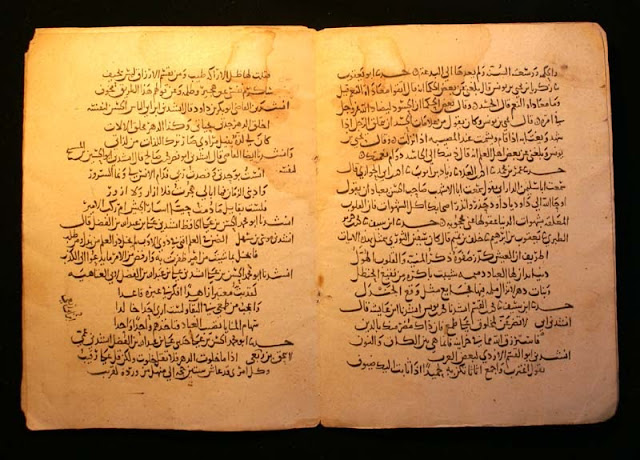The Rich Creativity of Islamic Art
In the seventh century, the Islamic Art evolved in the region of Syria where both Muslims and non-Muslims contributed to the key forms of arts like painting, architecture, ceramics, calligraphy etc. Calligraphy was the most popular art at that time, and it was used to décor the walls of buildings like castles, masjids and houses. It was a highly respected form of art because it involved the use of verses from the Muslim Holy book Quran. ‘Naskh’ and ‘Kufic’ were the two scripts that were mainly used in calligraphy.
For almost ten centuries, the Islamic Art of pottery was developed
in Iraq, and it included the famous Stone paste Ceramics, Lusterware Pottery, Enameled Glass and Glazed ceramics. As a result, enameled and gilded glass industrial complex was established in Syria during the eighty century. The famous blue glaze wares of Basra were developed during this time. In addition to this, the use of different shapes to cover surfaces was another form of Islamic Art that was called ‘Arabesque’. During Medieval Islamic Era, this art flourished, and it was considered a luxury artwork.
One of most prominent form of Islamic Art was the Islamic Architecture. For centuries, Muslims used domes in their buildings which showed their artistic sense. There are many buildings in different parts of the world that were constructed by Muslims, and most of them have dome as a prominent architectural feature. The oldest building of this type is “Dome of the Rock” which was built by Khaleefah Hazrat Umar [Radial Laahu Anhu] in the seventh century. The domes can be seen in buildings like Masjids,[Mosque's] palaces, tombs and forts. In Spain, “The Great Masjid of Cordoba”; in Egypt, “The Citadel”, in India, “Taj Mahal” and “Bath Houses in Turkey all had domes.
After the fifteenth century, Islamic Art was further enhanced by the addition of beautiful and elegant forms of art like carpeting, painting, jewelry designing, textile weaving and stone carving. In the region of sub-continent under Mughal Empire and the Persian Region of Iran, the art of miniature paintings evolved. These miniature paintings showed the secular mindset of the people of that time. However, the art of sculpture was not part of the Islamic art because sculptures are forbidden under Islamic laws.
 |
One Thousand and One Nights -Manuscript courtesy Creative Commons |
Literature has a big share in the Islamic Art. There are numerous pieces of work of literature by the Muslim scholars which shows the rich heritage of the Islamic world at that time. One of the most famous masterpieces of Islamic literature is Arabian Nights which was written between 10th to 14th centuries. Other famous work of Islamic literature includes “Layla and Majnun” which was probably the inspiration for the creation of “Romeo and Juliet” and “Ferdowshi’s Shahnamah” which describes the Persian History in a unique style. The "Hayy ibn Yaqdhan“by Ibn-e-Tufail inspired the western authors Daniel Defoe and Rudyard Kipling to a great level. This inspiration led to the creation of the first science fiction novel "Theologus Autodidactus". Besides these, music and puppet theater were also a part of Islamic Art.







No comments
Post a Comment